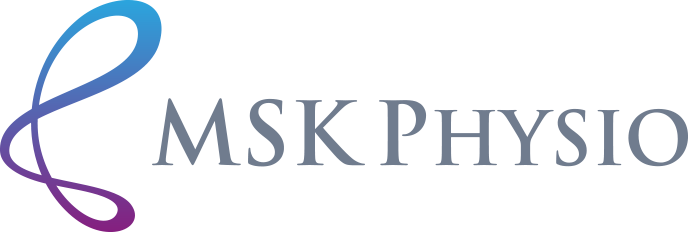
The medical community uses the term Tendinopathy as it means that a tendon is “suffering”. It represents pain and dysfunction within a tendon regardless of the pathology. The word does not directly relate to pathological states of a tendon like; tendinitis, tendinosis, paratenonitis, tenosynovitis. Saying that, it is very hard to have tendon pain without pathology, but it is extremely possible to have pathology without pain. Tendinopathy can occur in any tendon of the human body.
Tendons are bands of white fibrous connective tissue which connect muscle to bone. They are made of collagen, are inelastic and their main function is to transmit tensile load. A simplistic explanation would be that muscles produce a force, tendons transfer it to the bones and proper functioning of the body is achieved. In reality the most important thing they do is to store and release energy thus achieving maximum force production in the most efficient metabolic way.
The most commonly affected are:
- Common Extensor Tendon (Tennis elbow)
- Common Flexor Tendon (Golfers elbow)
- Quadriceps
- Hamstrings
- Achilles
- Patellar (Jumpers knee)
- Bicepts (Long head)
- Rotator Cuff
- Gluteal
- De Quervain’s

Symptoms
When tendinopathy is present it is characterised by a combination of:
- Pain
- Swelling (but not usually visible)
- Impaired performance
- Redness (not often but if present it’s mostly with larger tendons and always localised)
- Thickening (usually only noticeable with the achilles or patellar tendons)
Causes
There are many different hypothesis of how someone can develop tendon pathology.
The main ones are:
A force which is higher than the one the tendon is capable of tolerating
trying to lift a much heavier weight than what the tissue is used to thus requiring it to transfer a much higher force than the one it actually can. This can lead to serious trauma depending on the magnitude of the force. Usually only a small amount of fibres are torn and that is how the process is initiated.
The risk significantly lowers when the tissue is properly warmed up.
A repetitive force without enough rest time
Repetitive contractions for a prolonged period without appropriate rest time in between. Main factors influencing this are the amount of time the contraction needs to be repeated for, and the intensity of the contraction (force needed to be transferred). This leads to irritation to a part of the tendon fibres and that is how the process is initiated.
The risk significantly lowers by increasing rest time between contractions and by lowering the magnitude of force produced in each repetition.
So basically the tendon gets overloaded. It is too much to handle and that leads to changes in the matrix that are progressive and eventually result in tendon degeneration. That degenerated tissue will not act like a tendon ever again.
Other reasons are: infection, arthritis, gout, thyroid disease, and diabetes.
Diagnosis
There are many different hypothesis of how someone can develop tendon pathology.
The main ones are:
Tendinopathy is diagnosed primarily through the subjective assessment from the patients description of symptoms onset and their progression. A physical examination will take place to confirm what is already suspected.
Only in severe cases diagnostic imaging techniques tend to be used (ultrasound or MRI scan). But the truth is imaging reliability is very poor. There can be the worst look on imaging and still get a very good outcome. Also imaging doesn’t change the approach, it is not prognostic. There are no details about how responsive the tendon is going to be to treatment . Someone can fully recover from pain, be back at their sport and the tendon will look exactly the same as it did initially.
Tissue changes
Severe arthritis, particularly if it affects your hands or arms, can make it difficult for you to do daily tasks. Arthritis of weight-bearing joints can keep you from walking comfortably or sitting up straight. In some cases, joints may become twisted and deformed.
Treatment / Rehabilitation
During rehabilitation the main goal is to increase the tendon’s energy storage capacity. So in practice this means to “increase the load it can transmit from muscle to bone” regardless of the pathology. When we have a pathological tendon we end up with as much normal tissue as a normal tendon, and we are still unsure how this process occurs. With the new thicker tendon most of it will be comprised of good tendon structures. Thus during treatment we aim to load the healthy part of it and we don’t care about the pathology that much.
Tendons are loaded with fast activity. Maximum tendon load is fast eccentric load. Slow movement is not going to be provocative for the tendon.
Tendons also talk to us 24 hours after exercise so when they are loaded they will respond the next day if they were happy with the load.
It’s extremely important that patients are educated so they understand the process of the rehabilitation and the reasoning behind every approach.
If they experience no pain at maximum load of the tendon that they want, then this indicates that full recovery has been achieved.
